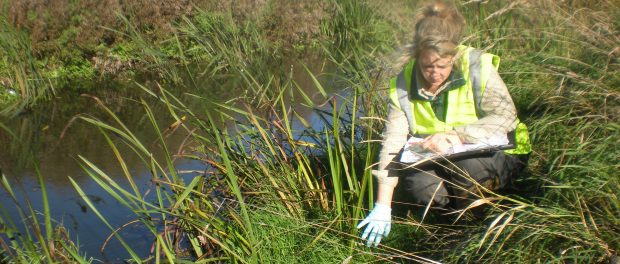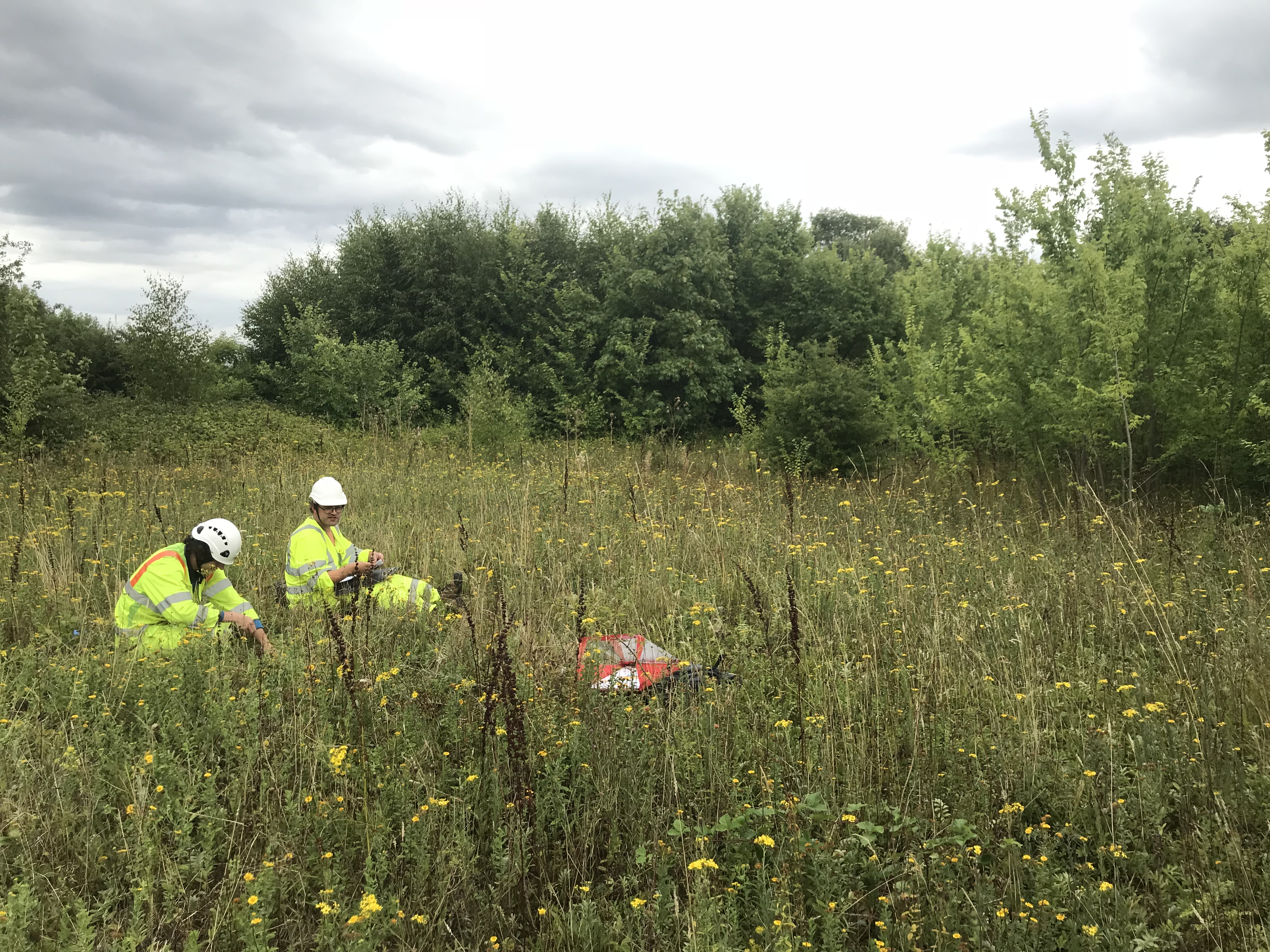First Steps in Ecological Assessment for Construction and Development

Construction projects of any size are required to consider multiple disciplines throughout the design, consent process and construction phases. Ecology is one such discipline, and whilst failure to consider the impacts appropriately could potentially result in project delays or even prosecution, early engagement with an ecological consultant has the potential to greatly enhance a scheme for the benefit of biodiversity and make the process of gaining consent and filing applications run smoothly.
Project managers are increasingly aware of the need for thorough and effective consideration of the project risks and opportunities in relation to ecology. The first step of ecological assessment is usually termed a Preliminary Ecological Appraisal (PEA). This will involve a desk-based assessment for records of sites designated for nature conservation importance such as Sites of Special Scientific Interest (SSSI’s) and records of protected species as well as a site survey by an ecological consultant to map habitats and features of ecological importance in the area.
The Preliminary Ecological Appraisal can be conducted at any time of year and is undertaken to inform the relevant members of the project team (e.g. client, architects, planning consultants and landscape architects) of the ecological constraints such as the identification of protected species or habitats and to describe the potential opportunities to enhance a habitat. More detailed survey of habitats and species may be required to inform an Ecological Impact Assessment (EcIA) and potential mitigation requirements. Where further assessments are required to inform an Impact Assessment, these could include (but are not limited to):
- Detailed botanical and habitat assessment (e.g. National Vegetation Classification survey).
- Protected species surveys for species including bats, badgers, birds, great crested newts, dormice, reptiles, otters and water voles.
- Surveys for invasive non-native species (e.g. Japanese knotweed)
Many of these more detailed habitat and species assessments are required to be undertaken at specific times of year, to coincide when species may be visible or active, and comply with published survey guidelines such as those from CIEEM and the RSPB. It is due to these seasonal constraints for detailed species assessments that early project planning is key to submitting applications and delivering projects on time. Early engagement with an ecological consultant will enable surveys to be scheduled appropriately, with the results informing the design team as project plans develop.
The benefits to you and your construction team in having an early assessment of ecological constraints and opportunities are many. An ecologist will help you streamline your project and may identify features which are best safeguarded or incorporated into areas of landscaping during the design (thereby saving on costly surveys and mitigation), ensure that detailed survey assessments are scheduled at the correct times of year (thereby reducing delays to planning submissions) and ensure that good design in relation to ecology and biodiversity results in favourable responses during the planning process.
Once the first steps of ecological assessment are complete you and your design team will be more informed of the ecological value of your site, the steps required to submit a planning application and the potential wildlife licensing and mitigation measures which will be required to help construction commence once planning permission has been granted. A good ecology company will work with you through this whole process.
Whilst for many construction staff the engagement with ecological consultants occurs immediately before demolition and ground works, it is important to remember the first crucial steps in ecological assessment take place much earlier. It is the early stage surveys and input into the initial design proposals which will determine the stages required when demolition or construction commences. Good, early involvement with Ecologists with input thereafter will help ensure that commencement of works takes place on time, with a design incorporating benefits for biodiversity and all wildlife legislation complied with.

